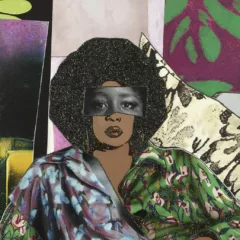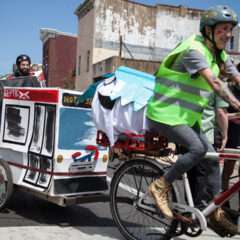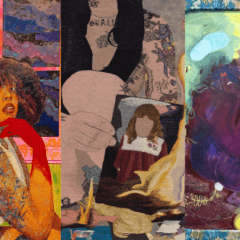Like the unruly cousin of Queer Voice at ICA last spring, Quadruple-Consciousness at Vox Populi offers a look at artists who use parody or hyperbole to critique American culture. Much of the work by the 19 artists is performance-based, with two nights of live performance central to the show. (If you missed the opening night, you can catch different performers live at the show’s closing on Jan. 29.)
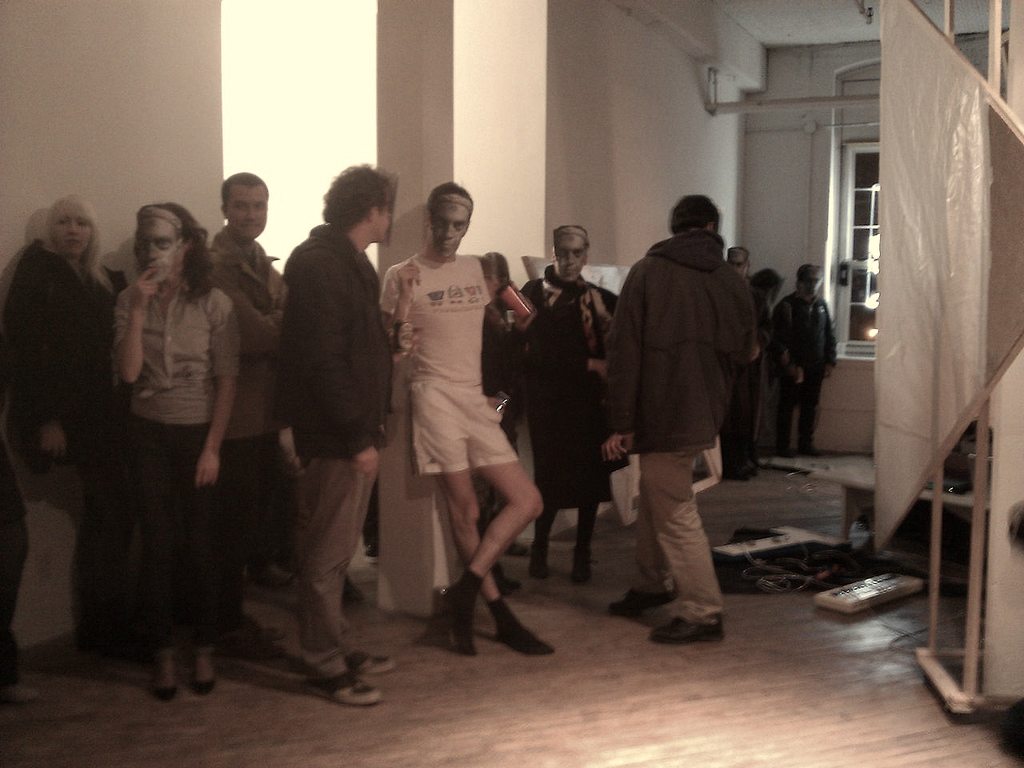
The show’s title, by the way, riffs on W.E.B. Dubois’ term “double consciousness,” which he coined to describe the difficulty of claiming an identity as an American when the color of his skin marked him as Not Like Us to most of America. Quadruple-Consciousness takes this racial idea and multiplies it by factors of gender, sexuality and all the things in modern America that make people feel like they inherently don’t belong. Organized by Malik Gaines, a Los Angeles curator and performance artist, the exhibit, funded by the Philadelphia Exhibitions Initiative, rounds up visually aggressive videos and performances and fills out the show with quieter works in traditional media like photography, sculpture, print and drawing.
The artists are almost entirely from Los Angeles and New York, and the exhibit is a little uneven. I saw two performances at the opening, and one, “All Apologies” by New York artists Ei Arakawa and Sergei Tcherepnin, was chaotic and childish in dealing with a subject—AIDS—that I thought we all had our consciousness fairly raised about.
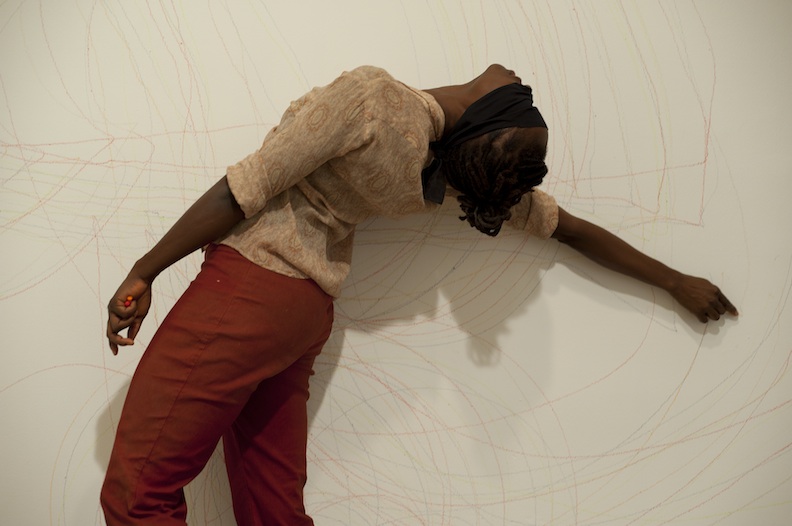
But the other, Taisha Paggett’s lyrical, dance-like drawing performance “Decomposition of a Continuous Whole,” was outstanding. The young Chicagoan worked blindfolded and barefoot, drawing her way around the gallery’s perimeter with crayons, sometimes stretching up on tiptoe, sometimes lying on the floor. Over the course of the evening, a looping abstract line drawing in a rainbow of colors emerged on the walls of the gallery as Paggett slowly, fluidly, carefully felt her way around the gallery, pacing off steps to ensure her lines traced or echoed each other in the drawing. Visible to all but blind to her viewers, Paggett’s performance tackles issues of the male (and female) gaze on a female model or in art featuring a woman; here, the artist is her own exotic product. Sadly, without the performance, the drawing is a somewhat empty piece of documentation.
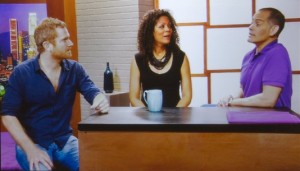
With one exception, the videos are short, and many are worth standing or sitting through. Some are projected large, running in a continuous group in the back room. Two are viewable on TV monitors, like Vishal Jugdeo’s great talk-show parody “Violent Broadcast,” which features a male guest telling a story about digging a hole and finding a mess. He’s upset about it, but the two hosts, a man and woman, misunderstand and aren’t particularly interested. The camera goes behind the scenes to show the female host getting a massage and all three of them having a drink together. It’s undoubtedly weird. There’s one scene of violence backstage, as the title suggests, but nobody dies. “Step away from your television” might be the message, or something more global about willful misunderstanding.
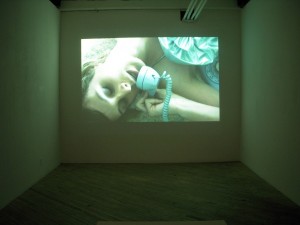
Zackary Drucker’s transgender soap opera “Lost Lake” is also outstanding. The eight-minute video takes you to a rural lakeside landscape inhabited by a transgender woman angrily speaking the language of hate crime and psychological violence. There’s full frontal nudity, a gunshot and a denouement that takes things to the level of Barbie dolls, but the piece as a whole feels like an earnest attempt to communicate the vulnerability of the transgender population.
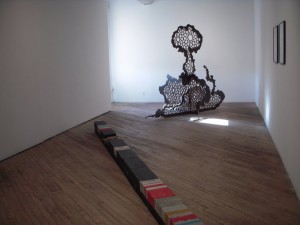
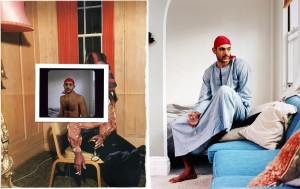
A separate gallery space groups a few of the best sculptures and works on paper, a show within a show; the isolation keeps the pieces from being subsumed by the loud, aggressive videos. Notable in this group are Sherin Guirguis’ “Mashrabeya,” a carved plywood cut-out, Wardell Milan’s cut-paper collages on botanical prints and Paul Mpagi Sepuya’s photo collage “The Egyptian.” These works alone are worth a trip to the show, which is ultimately a rich conversation about race, immigration, gender, ethnicity and perception.
Through Jan. 30. Closing performances and screenings, Sat., Jan. 29, 8pm. Vox Populi, 319 N. 11th St. 215.328.1236. voxpopuligallery.org
More photos at flickr


